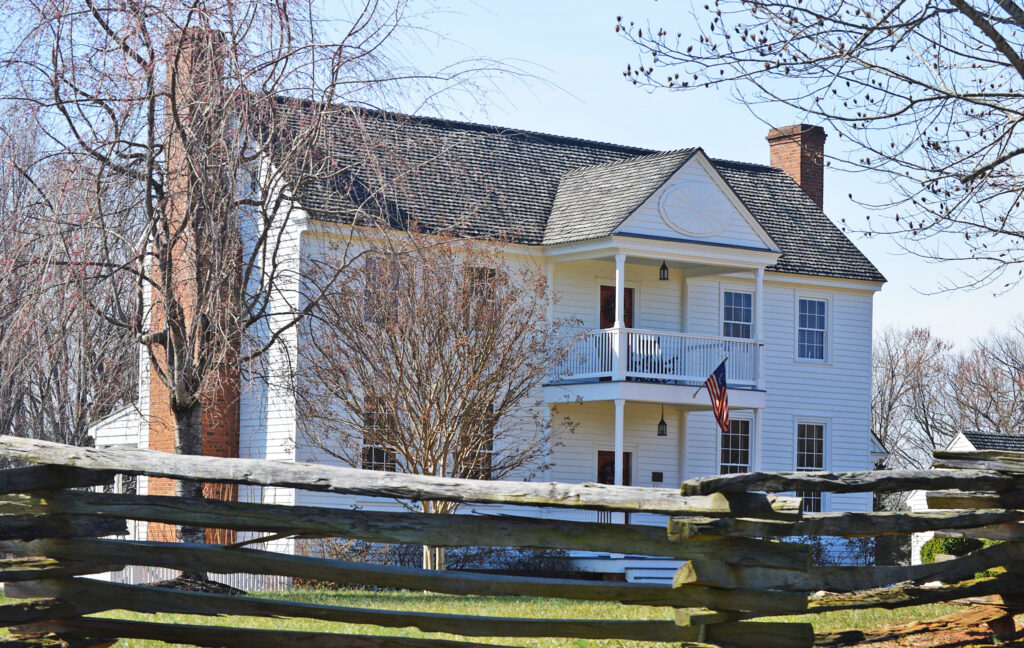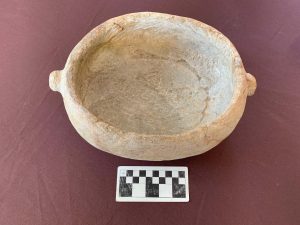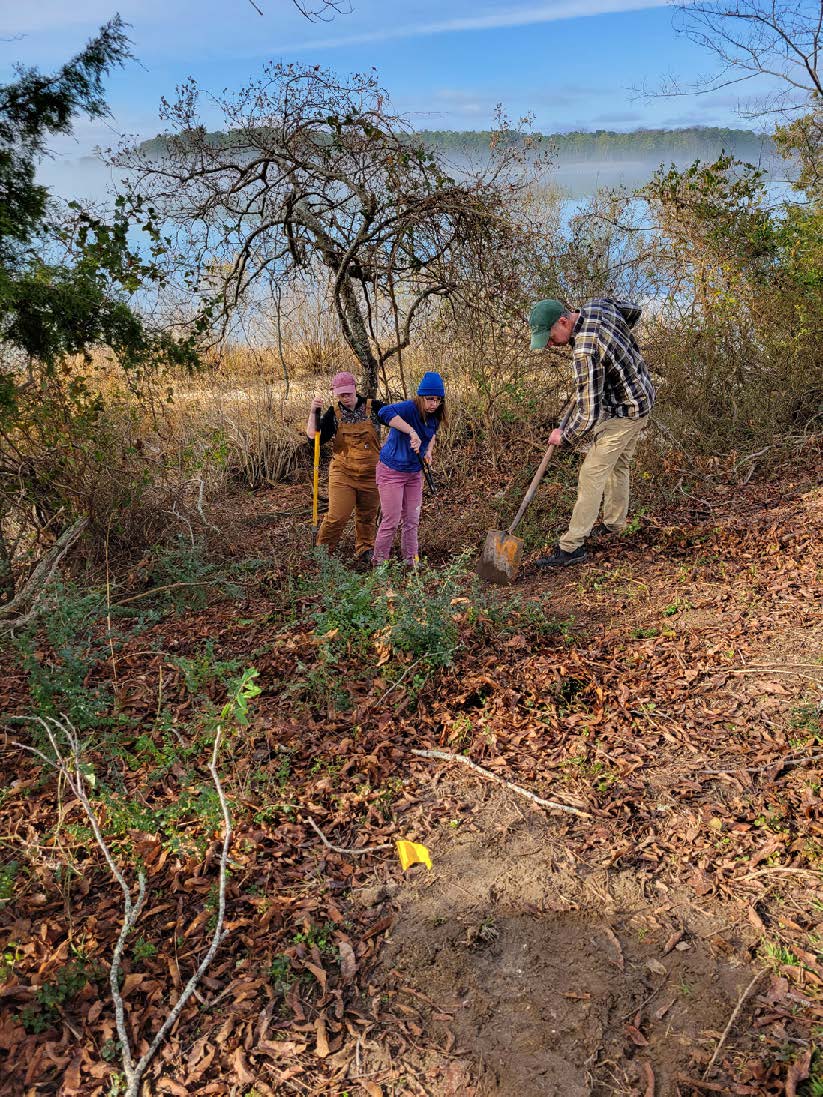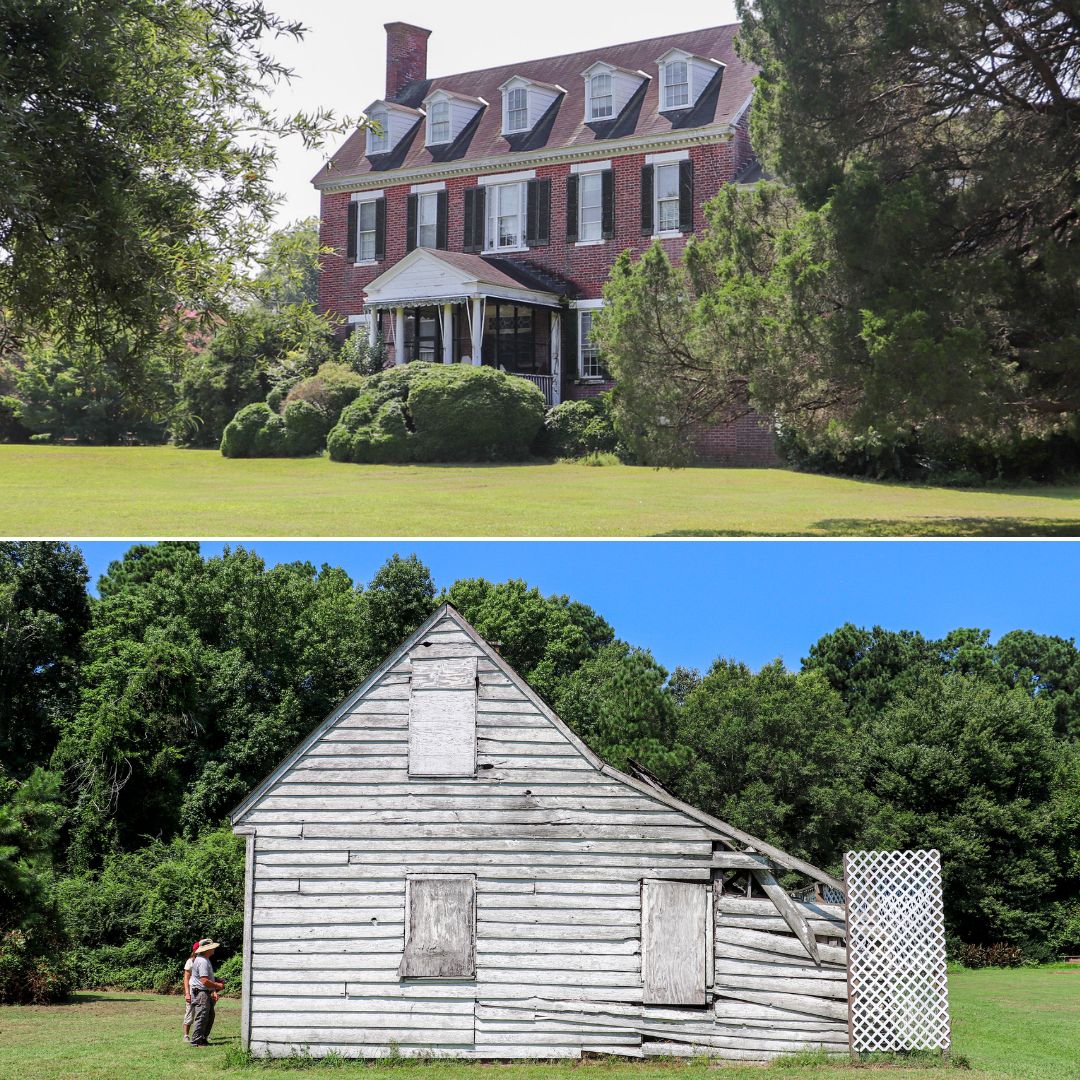A Steatite (Soapstone) Bowl


Ask an archaeologist. . .
A property owner plowing a field in the Southampton area found in broken pieces this bowl (photo). The person glued it together and asked DHR about it.
Here’s what we think:
The bowl is made of steatite (soapstone) likely quarried from present-day Brunswick County. Soapstone is relatively soft and was cut and chipped from outcrops using harder stone and bone tools. These bowls date from the Late Archaic into the Early Woodland (between 3,000 and 4,000 years ago) and have been found quite far from their source. They are generally associated with broad spear technology. Broad spears are larger points/blades that dominate the region at the time.
These bowls pre-date any ceramic manufacturing in Virginia and, interestingly, many of the first ceramic vessels (dating after about 3,000 years ago) found in Virginia have crushed steatite mixed with the clay to help strengthen the ceramic bowls. Some scholars think that people used steatite bowls for indirect cooking; a method by which people dropped heated stones into the liquid in the bowls to heat the contents. Others including archaeologists have observed numerous such bowls that appear to have been placed in a fire. It seems likely that both indirect and direct cooking methods were utilized, perhaps depending on the contents or grandma’s recipe!
These bowls are heavy and would have been cumbersome to transport. They may signal a period when the people of the region were transitioning from mobile hunter-gatherers to a slightly more sedentary life as they further transitioned into a farming tradition.
If you would like to know more about this period look here.
Do you have an artifact you’ve found in Virginia that you would like to know about?
Send us a photo or several of good quality and focus. Ideally, the photo(s) will have a scale – a ruler or a coin or something recognizable pictured next to the object so that we can get a sense of the size of the item. Also, please let us know approximately where the item was found. Our team of experts will get together, identify the item, and give it some context – its function, and who would have used it and where it was made, etc. We are interested in both historic and pre-contact period artifacts – broken or whole. It doesn’t matter.
As we all know, a single artifact is interesting but without its original context (the soil in which it was found, it’s placement in relation to other artifacts, etc.) it will only tell a limited part of the story. By using our knowledge of similar items that have been recovered from a good context we hope we can elaborate generally on the bigger picture of a time period and the people who may have used the particular item.
Send your photos to mike.clem@dhr.virginia.gov. Let us know if it is OK to use your name.
If this proves popular, DHR may consider running a weekly artifact for ID posting. If it proves way popular, we also may not be able to respond to everyone submitting an item.










